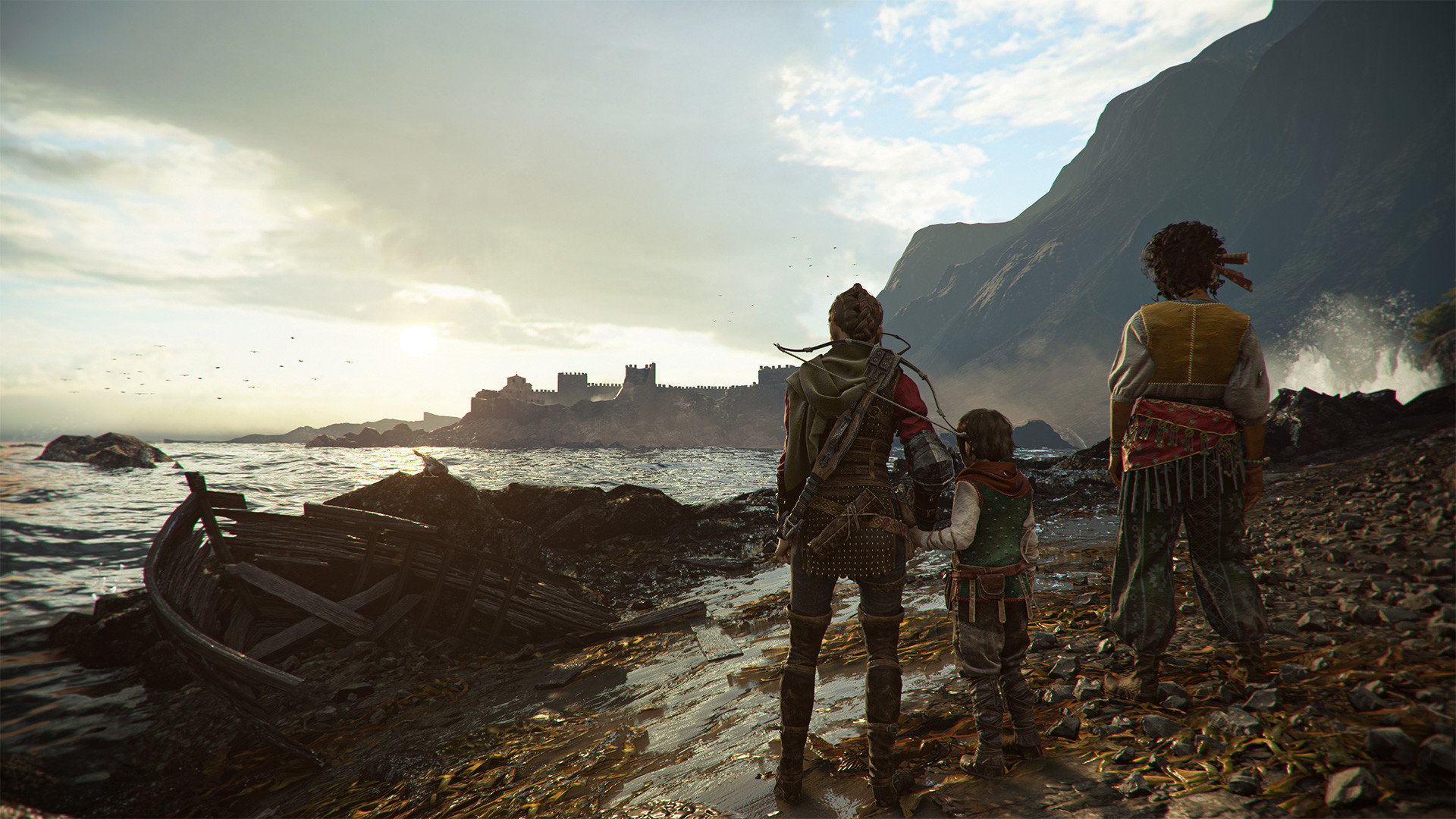Laptop Mag Verdict
A Plague Tale: Requiem is bigger, better and all the more beautiful — everything a sequel should be. Some of Innocence’s niggles remain, but developer Asobo has focused on creating a stunning, harrowing world and story that you will find impossible to leave until the credits roll.
Pros
- +
Stunning visuals
- +
Amazing soundtrack
- +
Unmissable story
- +
New twists on the tense, gripping gameplay
- +
Very intelligent AI…
Cons
- -
…makes for sharp difficulty spikes
- -
A little repetitive towards the end
- -
Very demanding on your system
Why you can trust Laptop Mag
Fear and anxiety. You can feel it crawling under your skin and it supercharges your fight-or-flight response. That is a feeling A Plague Tale: Requiem preys upon to become one of the most memorable experiences of the year.
Developer Asobo’ first foray in 1300s Europe in A Plague Tale: Innocence blindsided us all with its masterful ability to build tension with an emotionally raw story of the unbreakable bond between siblings. So, after playing this, you best believe I got excited to see a sequel was coming.
After finishing it, we can answer the key questions here: does this second iteration continue the story in an unexpected, satisfying way? And does it combat the common gripe of repeating the first foray?
Pain. Irresistible pain
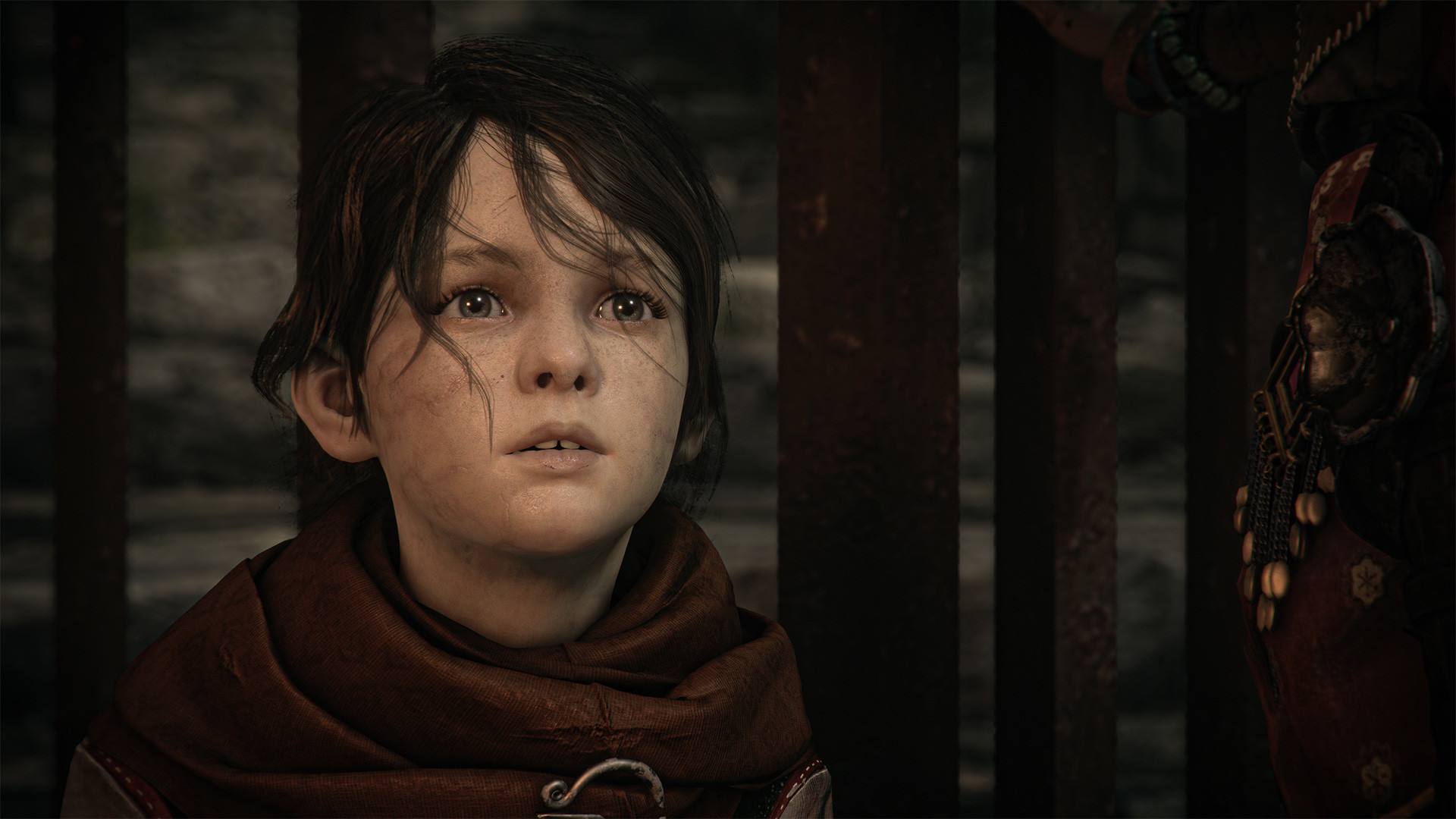
Before you start reading, I will be mildly spoiling what happens in the first game. If you haven’t played it yet, go back and do so, as this game will make no sense without that prior knowledge.
That said, the story starts six months after the end of the first game, as Amicia and Hugo head south after escaping their ruined homeland — destroyed by hordes of rats that consume everything in their path and spread the black plague.
They are traveling to southern France to look for a cure to Hugo’s ancient curse, which has developed since the previous game to cause further complications while granting him new powers at the same time (more on those later).
I won’t divulge any further, as this is a story you simply have to see for yourself. Sure, the big moments and the sudden turns are all well and good, but Asobo really steers into what made the original so fantastic: the environmental storytelling.
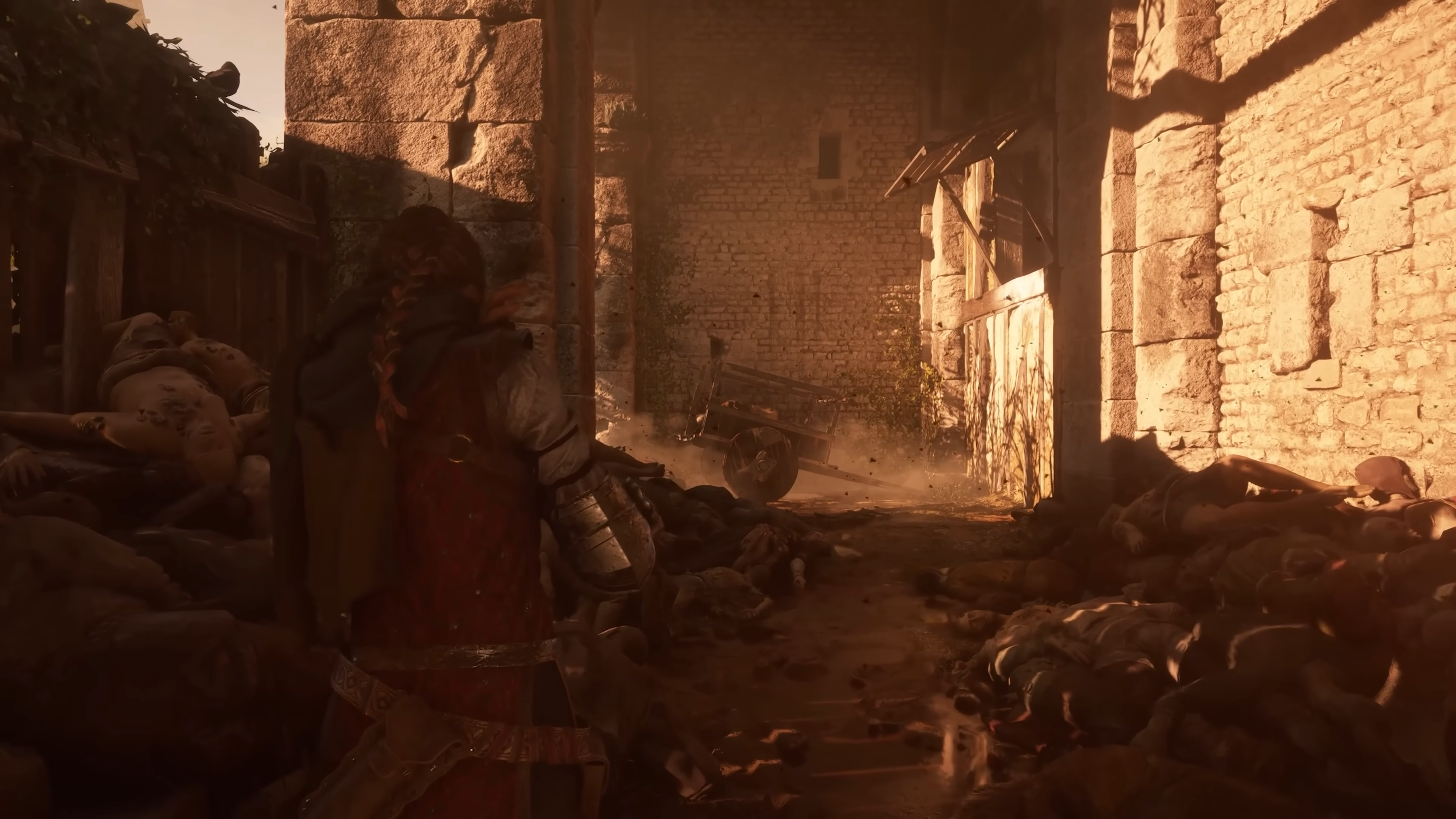
Much like The Last of Us Part I, every scene is dripping with detail that your characters react to, be it the positive energy of walking through a market or the sheer trauma of slowly creeping through an area piled high with decaying bodies.
You can’t help but feel for Amicia, going to great lengths to save her brother. Plus, the amount of atrocities you can commit have increased too, from knocking people out with your sling to straight up murder and sneak attacks. This is a massively dark turn for our protagonist, and the superbly acted dialogue really helps the emotional impact of these actions hit home.
To do this, the world of A Plague Tale is spectacularly realized through stunning visual fidelity and a pitch perfect soundtrack that emphasizes the mood of every scene, be it running through a field of blooming flowers or running away from a horde of rats. Speaking of…
Rats. Lots of rats.
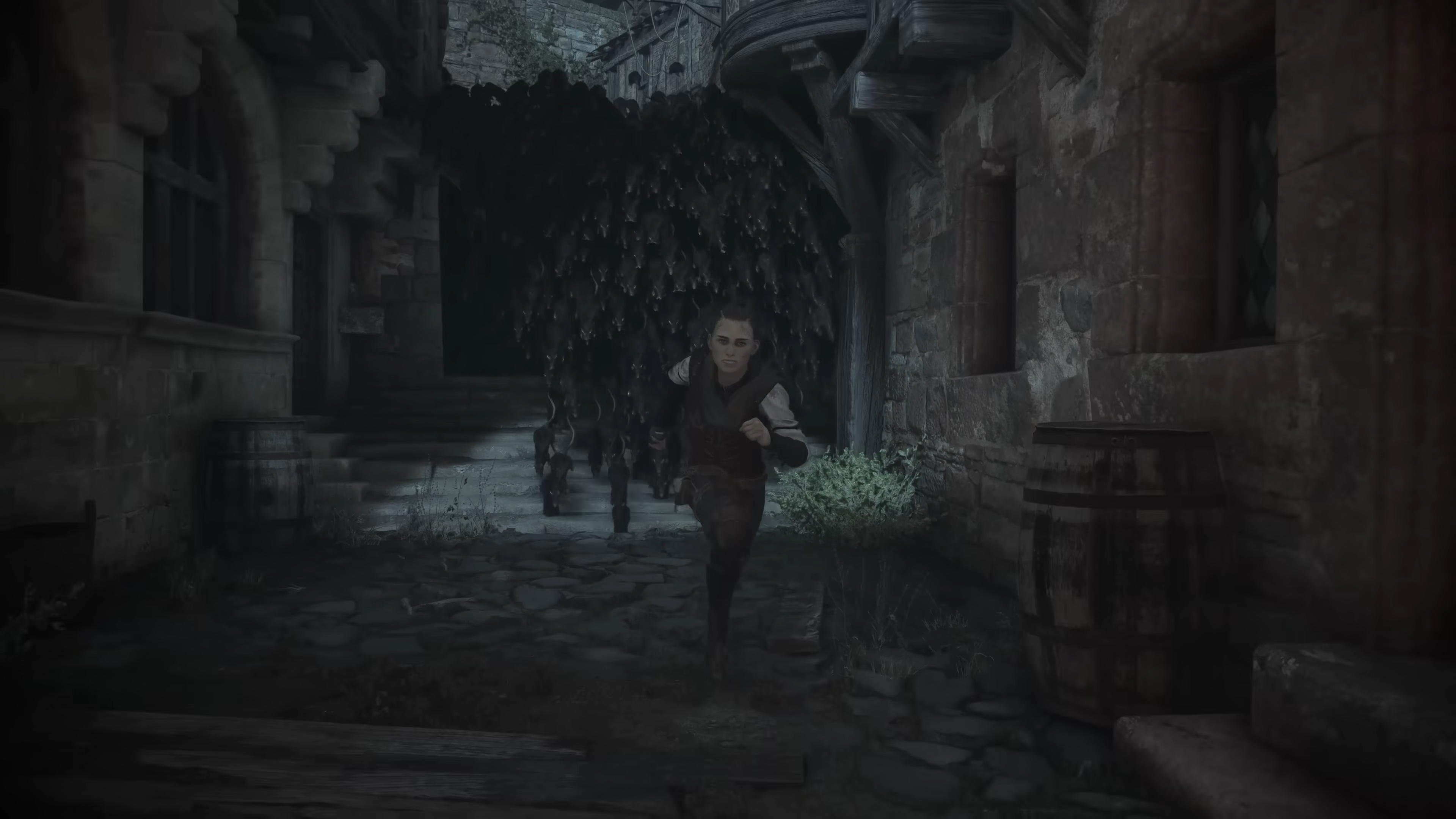
Much like the last game, if rats are a particular phobia, I recommend looking elsewhere because like any classic sequel, you’re getting a lot more of the same. In fact, a recent PlayStation blog post about the game showed how the developers have increased the maximum amount of on-screen rats from 5,000 to 300,000!
But they’re not just a terrifying backdrop to many puzzle and scripted running segments anymore. They can be a useful tool thanks to some small but very impactful changes to what Amicia can do.
Firstly, the sling is not just for rocks and the pots aren’t just distraction tools anymore. You can use a combination of them to light distant fires and create temporary flash bang-esque effects to clear a path or even put out fires — giving you vastly increased level variety in terms of how you tackle them.
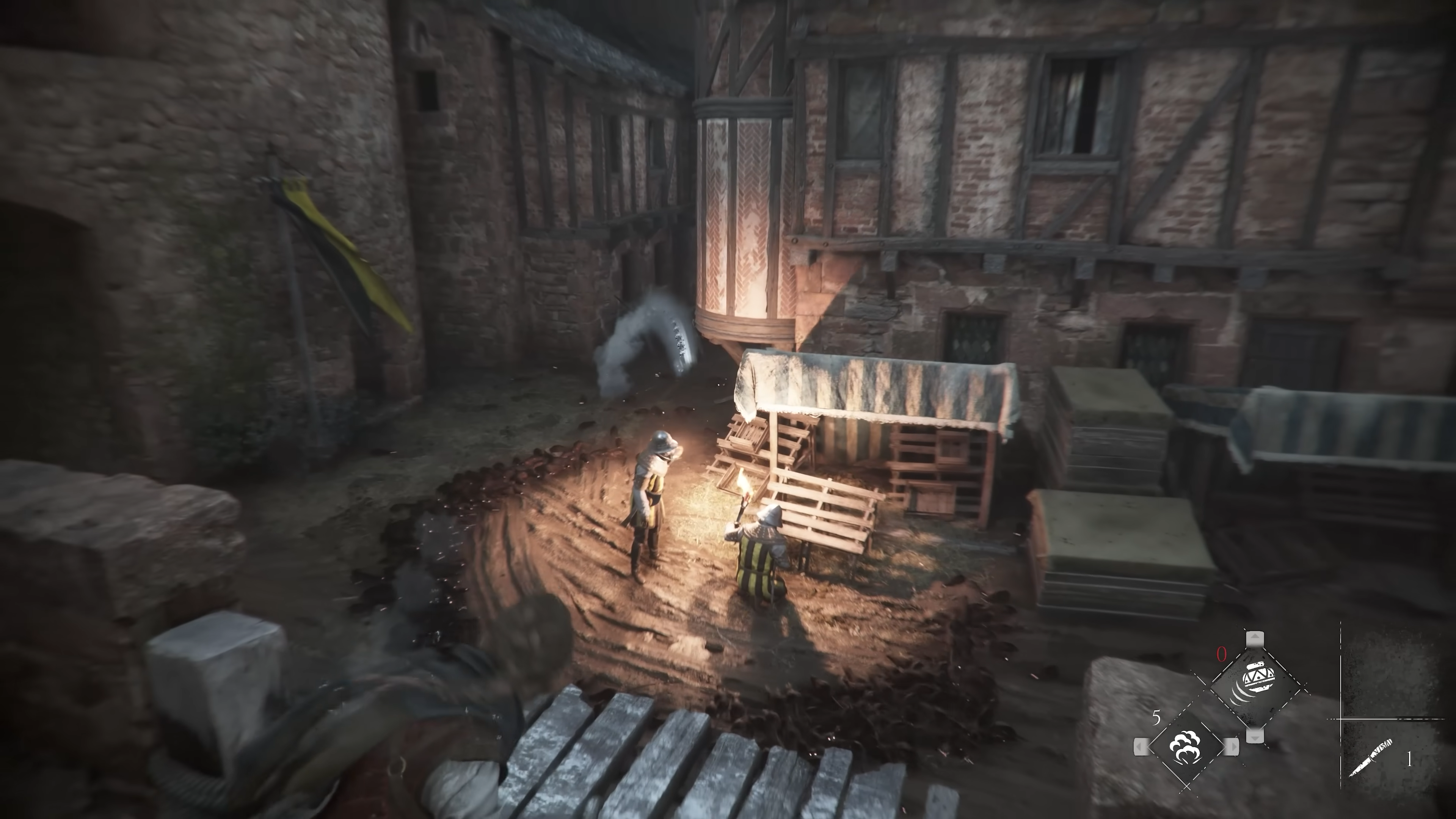
Throw in the moments of stealth combat and you’ve got an experience that feels similar to Innocence, but more developed to give you more to think about tactically in each section.
Then comes Hugo’s new rat-based powers. I won’t say too much about what he’s capable of, as it’s too good of a surprise (though publisher Focus has released a video detailing them to some degree, if you fancy watching that), but the end result is an interesting additional layer of complexity that further extends the variety of options in your arsenal.
Once combined, the way you tackle each situation develops dramatically, as you are given a suite of options and paths through each scenario. But there are a couple problems I should address here.
Nothing game-breaking, but it’s worth knowing. First, your additional abilities and Hugo’s powers are slowly introduced throughout the story. What this means is that the first few big scenes of sneaking and combat can feel unnecessarily difficult until you start to get these new traits. You can change difficulty on-the-fly, but it'd be great to see a better balance.
And second, when everything is introduced to you and the campaign hones in on Amicia and Hugo, that slight bit of repetition rears its ugly head again. Don’t get me wrong, it’s nowhere near what you see in the first game, and the increased variety of locales helps a lot with Requiem, but it can start to feel a little samey in the second half.
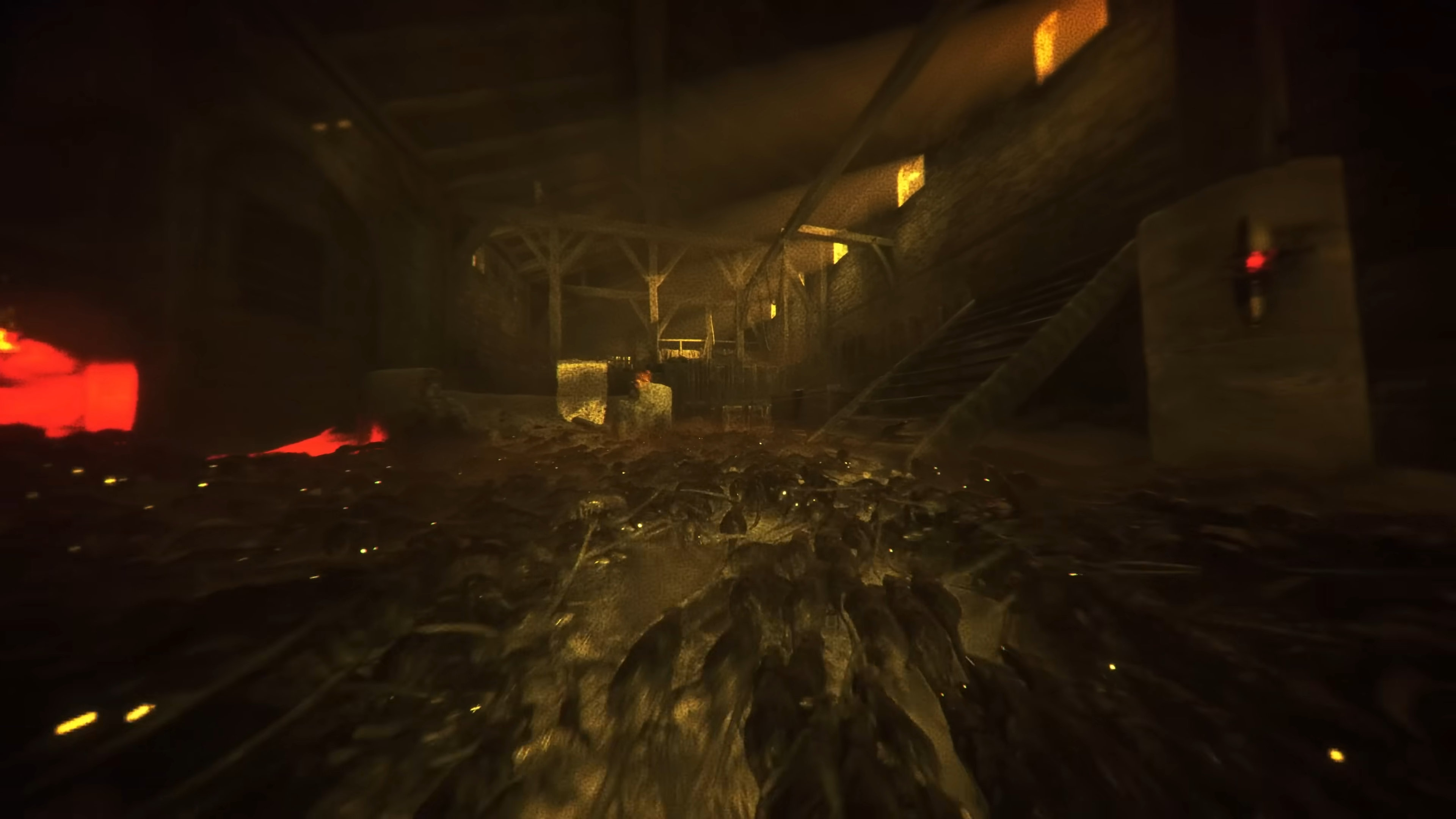
Console, PC and Steam Deck performance
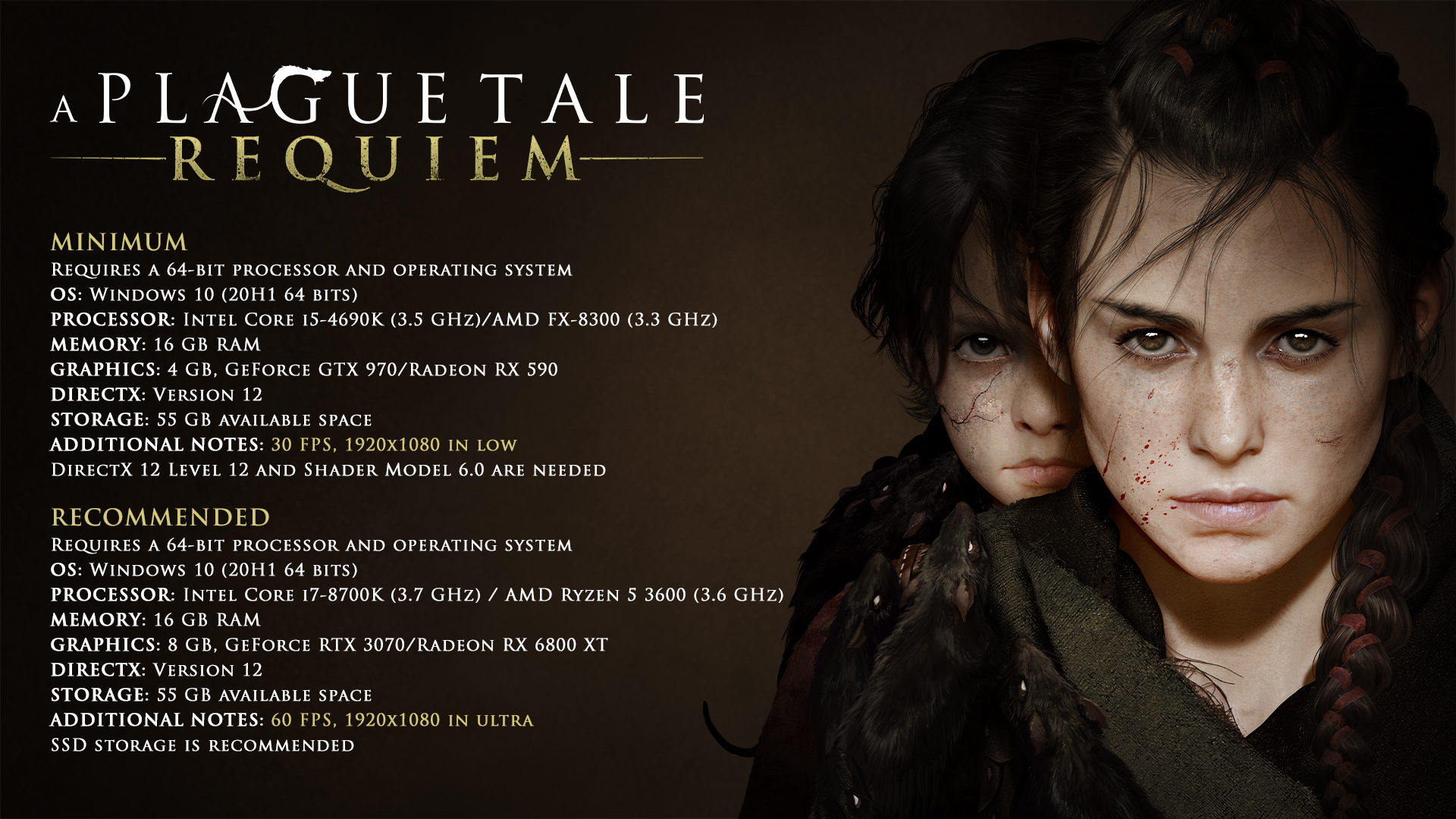
Take a close look at the system requirements for A Plague Tale: Requiem. They’re surprisingly high, aren’t they? Especially when you take into account that the recommended settings require an RTX 3070 to deliver 60 fps in 1080p at ultra. Nothing is said about 4K, but no doubt you’re going to need something a lot stronger for full 4K at 60 fps.
That did make me slightly nervous when heading into this game across my various test systems: the PS5, a mid-range Asus TUF Gaming F15 with an Intel Core i7-12700H and RTX 3060, my bargain bin ROG Zephyrus G15 with GTX 1650 and 3rd Gen AMD Ryzen 7, and finally, my Steam Deck. But while there are some definite pain points, it’s not as bad as I feared.
Turning my attention to the console first, the frame rate is all over the place at the moment, with quieter moments running at up to (and over) 40 fps, so long as you have an HDMI 2.1 TV/monitor.
When on-screen elements build up, such as the many thousands of rats flooding cities, that smoothness drops quickly to 20-30 fps. None of this ruins the experience, but with no additional performance/quality options in the settings (yet), it’s what you’re stuck with.

For the two PCs, the amount of graphical settings you can tweak allows you greater control over what potential you can squeeze out of the internals. My first recommendation to gaming laptop users is to crank that resolution down to 1080p if you want 60 fps. When using the full QHD resolution on the TUF F15, your options for increasing the frame rate reduce dramatically — it’s the difference between using medium and low settings.
Doing so, I was able to hit a smooth 60 fps on the RTX 3060-armed TUF F15 with a combination of medium settings. For the old Zephyrus G15, all low options achieved the same results.
And finally, the Steam Deck. With its all-in-one SoC, I was wary, but the end results are okay. By default, graphics settings are put at medium. With these, you are getting an average of 15 fps, stooping as low as 10 fps. As you can already assume, that’s not good.
However, once you start to tinker, you can improve that a little. Turn everything down to low, turn off contact shadows and screen-space reflections, and downgrade the resolution to 1152 x 720, and you’ll get an average of 25 fps (lowest being 22).
To me, for a linear, story-driven game, this is fine. The slower gameplay does not require a super-smooth framerate. However, there is a lot that Asobo can do to make the experience better, such as adding FidelityFX Super Resolution (FSR) tech to smooth out the performance.
Bottom line
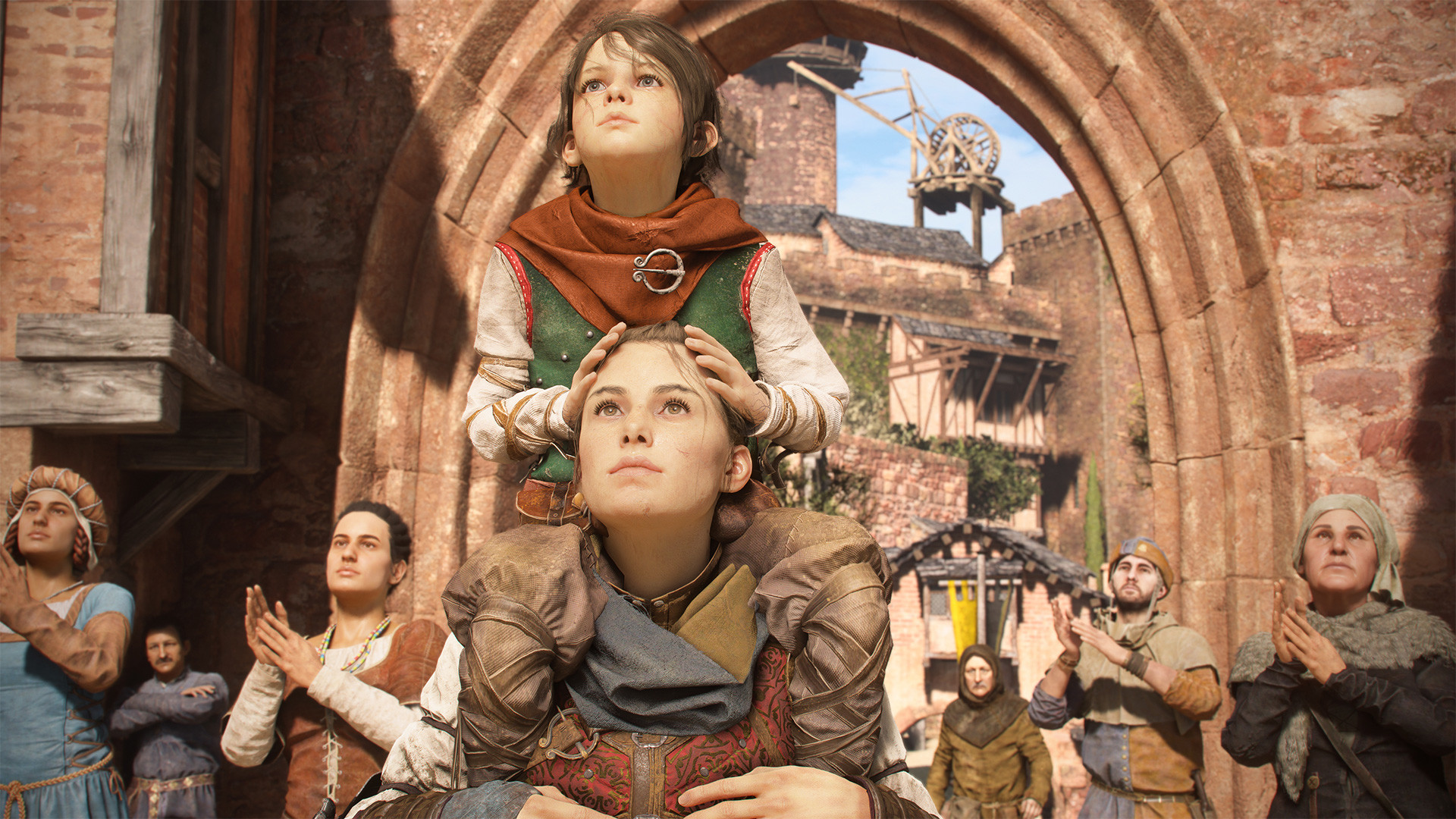
A Plague Tale: Requiem nails the two things that a sequel should be — bigger and better. The story is gripping at every point, all the way up until its grand finale, and everything is delivered with a sensationally high amount of polish, from the stunning visuals to the beautiful soundtrack.
It’s not quite gotten over some of the issues of old, such as the increasing repetition and difficulty spikes. And we can’t ignore the strain this game puts on systems across the board, which we hope is something Asobo tackles with increased settings for console users and FSR for PC and Steam Deck.
But the emotionally charged plot, emphasized by a flow of big, dramatic set pieces and small, haunting moments, makes this an unmissable heart-wrenching rollercoaster.

Jason brought a decade of tech and gaming journalism experience to his role as a writer at Laptop Mag, and he is now the Managing Editor of Computing at Tom's Guide. He takes a particular interest in writing articles and creating videos about laptops, headphones and games. He has previously written for Kotaku, Stuff and BBC Science Focus. In his spare time, you'll find Jason looking for good dogs to pet or thinking about eating pizza if he isn't already.
